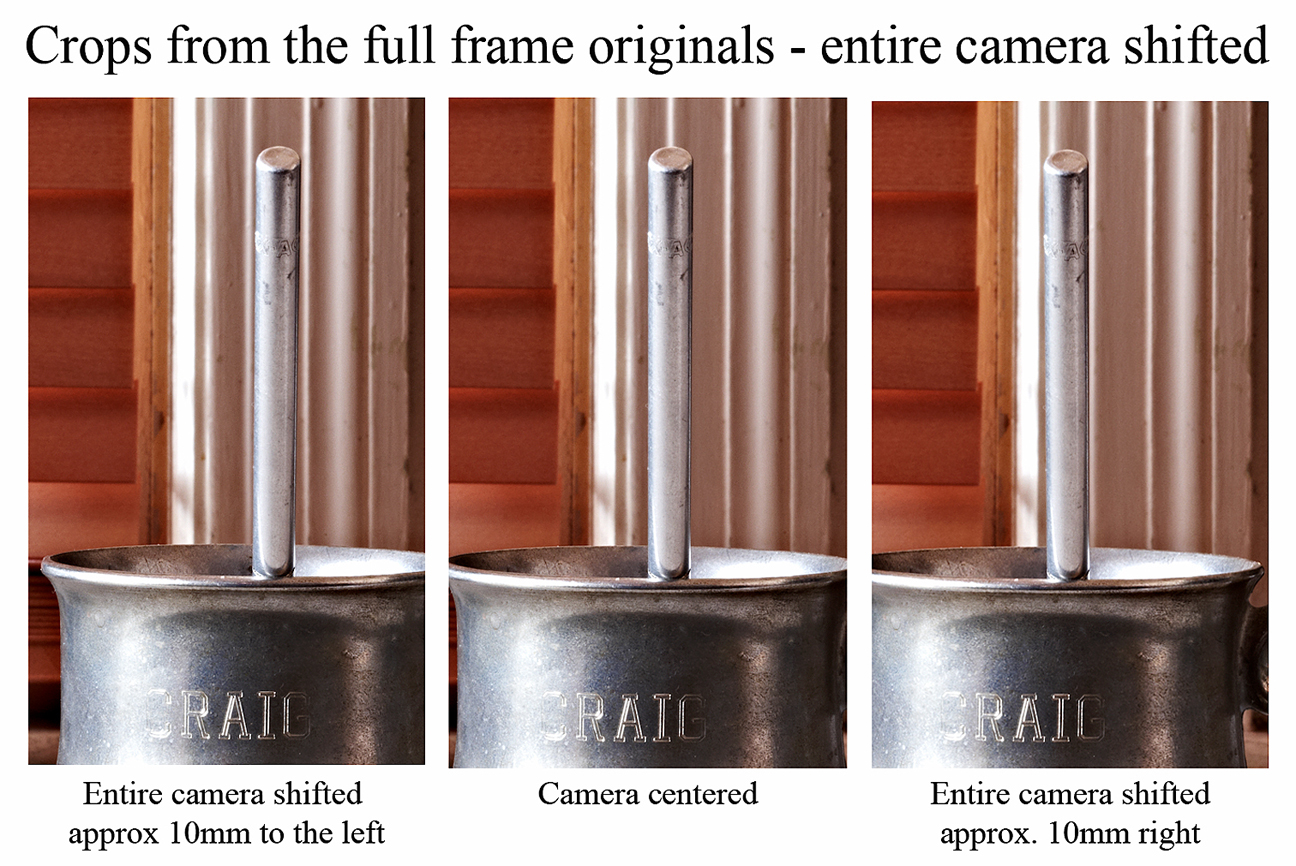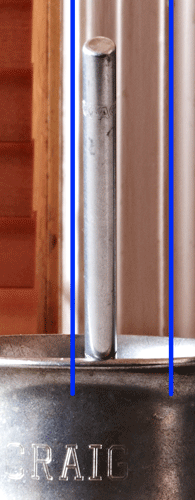
John
P. Costella PhD.
The Folly Continues.
I recently published a short
paper with empirical proofs showing that John P. Costella, an Australian with a
PhD in Theoretical Physics had incorrectly defined the properties of
photographic parallax. Costella
used this faulty science to claim he had found irrefutable prove that the
Zapruder film was altered. My
original paper can be found here:
www.craiglamson.com/costella.htm
John P. Costella has refrained
from public comment on this since my paper was published.
Attempts to get his comments and a retraction of his false claims have
gone unanswered. His false claims
are still being published in the book, The Great Zapruder Film Hoax and on James
H Fetzer's website, Assassinationscience.com
In a recent conversation with
Fetzer on an internet forum I asked him about the false claims he has published
in his book, on his website and that are championed by him as a fact while talking about
his belief the Zapruder film is altered. Fetzer hemmed and hawed, as is his
standard ploy, but eventually he decided to see if the claims he was promoting
were true. Fetzer himself is not by
any stretch of the imagination well versed in either the subject of photography
or the properties of parallax. He
consulted a number of his chosen “experts” to help him work the problem, He has
yet to directly name these “experts”.
It should be noted his usual working group is comprised of Jack White,
David Mantik, David Lifton, David Healy and John P. Costella.
After consultation with his
"experts" James H. Fetzer, PhD issued his proclamation in regards to my work,
www.craiglamson.com/costella.htm
“This is quite a coincidence, since I had just drafted a long explanation to
Lamson of the mistake he committed. What is most interesting here is that Tink
himself apparently does
not know any different. In a nutshell, Lamson has changed the relationship
between the lens and photographic plate by shifting the lens left and right some
20 mm. That affects
the image projected on the photographic plate and changes the relative alignment
of vertical objects. John, David, and Jack could all explain this in more
technical language,
but the bottom line is that Lamson has violated an implied constraint on John's
argument. Lamson has not shown that John was wrong. What this shows is that he
has blundered.
The effect would be magnified by moving the knife forward.”
The
issue as expressed by Fetzer and his collaborative is that shifting the lens is
not the same as moving the entire camera in respect to the changes in angle of a
leaning vertical in a photograph.
As I
noted in my original paper this is how a shift lens works:
“To
illustrate the fact that the angle of a vertical pole can change when the camera
is moved I created a simple test. I used a Canon 1DsMKIII camera, a tripod, a
Bogen 303Plus Pano head, a 90mm Canon Ts-e lens, an Exacto knife in a cup and
window molding as a background.
The
90mm T-se shift lens (
http://www.usa.canon.com/consumer/controller?act=ModelInfoAct&fcategoryid=156&modelid=7329#ModelDetailAct
)
was chosen for two reasons, it allow for shifting the lens side
to side by 10mm in each direction and it is highly corrected for distortion so
no transforming of barrel or pincushion is needed, The actual camera never
moved during the test. Only the lens was moved a total of 20mm from side
to side.”
Fetzer and
company claim that the shifting of the lens violates an implied constraint in
Costella’s argument and thus renders my results invalid.
It should be noted they offer no technical or empirical proof to back
their claim, they just imply it is fact.
This is known as “hand waving” and it is decidedly unscientific.
Setting the
trap.
When I produced my original
photographs that provide the empirical proof of John P. Costella’s error, I set
a small trap to test the technical knowledge of Costella and company. As
witnessed by the statement from James Fetzer above, they failed the competence
test.
What was the trap?
Using the shift lens. A
shift lens is not a standard lens for most photographers and as such is usually
not well understood. I was counting
on Fetzer and company to claim this lens caused an error in my work and thus
rendered the results invalid. They
will be proven wrong, again.
As I noted I had my camera placed
on a Bogen 303+ Pano head. I used
this head because it allows geared movements of the entire camera from side to
side, and I wanted to also take images with the lens centered and the entire
camera shifted to the right and left approximately 10mm in each direction.
This is in full compliance with the implied conditions of John Costella’s
argument. The photo below shows the camera on the Bogen Pano head and the geared
movements.

With this setup I proceeded to take a series of photos with the entire camera centered, shifted 10mm to the left and 10 mm to the right. The relationship of the Exacto knife and the window molding remained unchanged for the series of photos taken with only the lens being shifted and the entire camera being shifted.. The value of this series of photos was to see if there was any difference in parallax and the change in angles of a leaning pole between the shifting of the lens and the shifting of the entire camera. The final result, there is no difference. Costella, Fetzer and company are once again proven wrong on two counts. First they are wrong about how parallax works (again) and second they are wrong with their claim that shifting only the lens renders the test invalid.
Here are the photos that were the result of shifting the entire camera
10mm to the left of center and 10mm to the right of center.

Careful
examination shows that the Exacto knife changes angles as the lens is shifted
right and left. Costella and
company say this is impossible and against the laws of physics.
Sadly, for them, a second empirical test now shows they are wrong.
Below are close-up 100% crops from the above images.

Notice how the angle of the Exacto knife changes in relation to the window
molding in the background.
John Costella and company say this violates the laws of
physics. They are wrong. Their
claim that shifting only the lens violates the implied terms of Costella’s
argument has also been shown to be wrong.
They have all been shown to be incompetent in this
matter and ignorant of the properties of parallax.
I have created
this animation using the right shift photo and the left shift photos from the
series produce by shifting the entire camera and not just the lens to show
graphically the changes of angles between the two images.

Clearly
John P. Costella PhD, James H. Fetzer, PhD and company are wrong.
The very bedrock of Costella’s claims have been shown to be false using
two different methods. The
empirical proof is unimpeachable. It is the process called parallax and
Costella, Fetzer and company can read about it in an optics or graphics text.
I’ve wasted far too much time dealing with Costella’s harebrained ideas and
finally this sorry chapter of Costella’s mistake is put to rest.
However if someone insists on believing his rantings, be my guest, after
all it’s a free country.
By the way, you don’t have to take my word on this, like
Costella, Fetzer and company, who simply hand wave, and expect you to believe
their claims. I urge you to do your
own tests and reach your own conclusions
That’s the
wonder of empirical testing, it can be repeated.
Craig Lamson is a professional advertising photographer with nearly three
decades of real world experience. He can be reached at:
craig@craiglamson.com